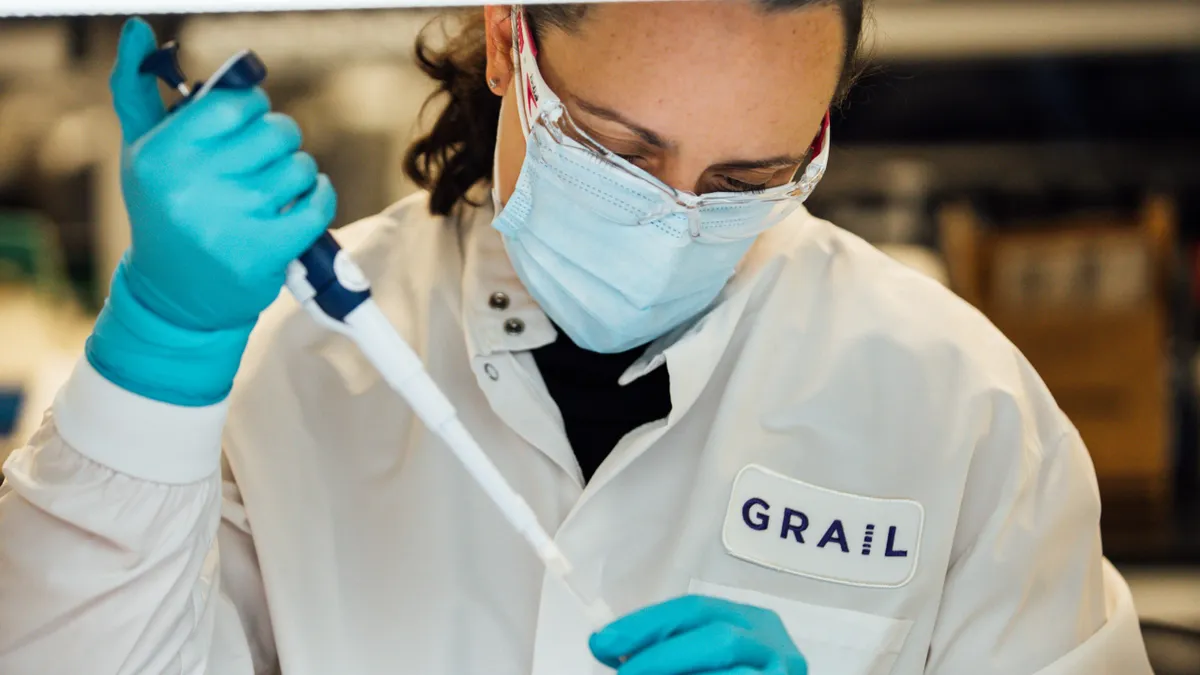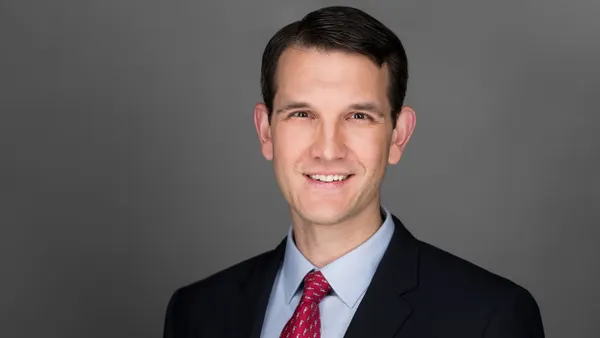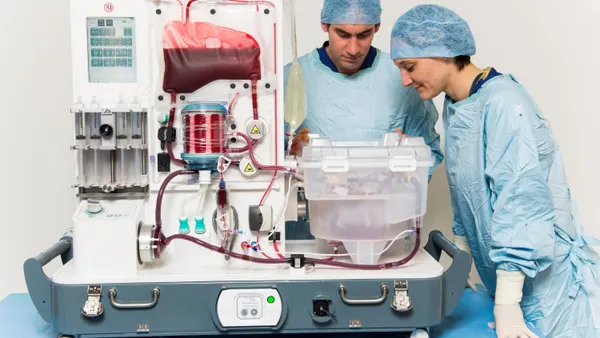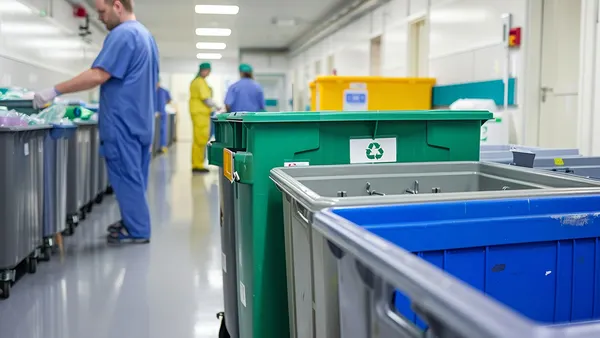Dive Brief:
- The Food and Drug Administration has scheduled a public meeting on Aug. 4 to discuss recommendations for the next medical device user fee period.
- On Tuesday, the FDA said it wants to know what aspects of the current program should be reduced or axed, and how it should change the fee structure and amounts, among other topics. The agency focused on what was working or should be added at the start of the reauthorization process for fiscal years 2023 to 2027.
- Health and Human Services Secretary Robert F. Kennedy Jr., who oversees the FDA, called for reforms to prescription drug user fees last year. The FDA laid off staff funded by device user fees early in the Trump administration but later reinstated them, according to executives from Stryker and Boston Scientific.
Dive Insight:
The FDA said it’s scheduling the meeting to provide the public with a chance to discuss recommendations for industry funding of regulatory services from fiscal years 2028 to 2032. The meeting marks the start of a process that will center on negotiations between the FDA and industry. Last time, the talks revealed “fundamentally different” views and concluded after the deadline.
FDA officials posed four questions ahead of the public meeting. The agency wants to know what people think of the overall performance of Medical Device User Fee Amendments V so far. The FDA asked the same question about MDUFA IV at the start of the previous set of negotiations.
The latest data, which the FDA published in February, show progress on MDUFA V goals. The FDA took 312 days, on average, to reach a decision on premarket approval applications filed in its fiscal year 2023, down from 364 days in 2022. Under MDUFA V, the FDA is targeting an average of 290 days across fiscal 2023 and 2024.
The FDA took 115 days to clear 510(k) filings received in its fiscal year 2024, according to the February report, compared to its MDUFA goal of 124 days.
Officials also want to know what current MDUFA features should be reduced or stopped to “ensure the continued efficiency and effectiveness of the medical device review process.” The FDA did not pose that question at the start of the previous negotiations, choosing instead to ask what programs were working well. The agency has retained but tweaked a question about what features it should add.
The FDA’s final question this year asks what changes “could be made to the current fee structures and amounts to better advance the goals of the agreement, including facilitating product development and timely access for consumers?” At the start of the MDUFA V process, the FDA wanted to know what the medtech ecosystem should “look like” in 2027 and how user fees could help achieve the goal.
The new focus on fee structures and amounts comes against a backdrop of questions about the FDA’s budget and the future of user fee programs. The Trump administration’s latest budget proposal would cut FDA funding by more than $400 million.
Furthermore, layoffs at the FDA early in the Trump administration raised doubts about whether the FDA could meet its obligations under user fee programs. Stryker CEO Kevin Lobo and Ken Stein, chief medical officer at Boston Scientific, independently said on calls with analysts in May that the FDA laid off staff funded by user fees. Lobo, in comments later echoed by Stein, explained what happened next.
“When those people were released, we, through the trade association, called the government and said, ‘Listen, these are people that we're funding through our user fees,’” Lobo said. “Those jobs were largely reinstated. There was a slight disruption, but it was literally a week or two, and those people were brought back on staff.”













